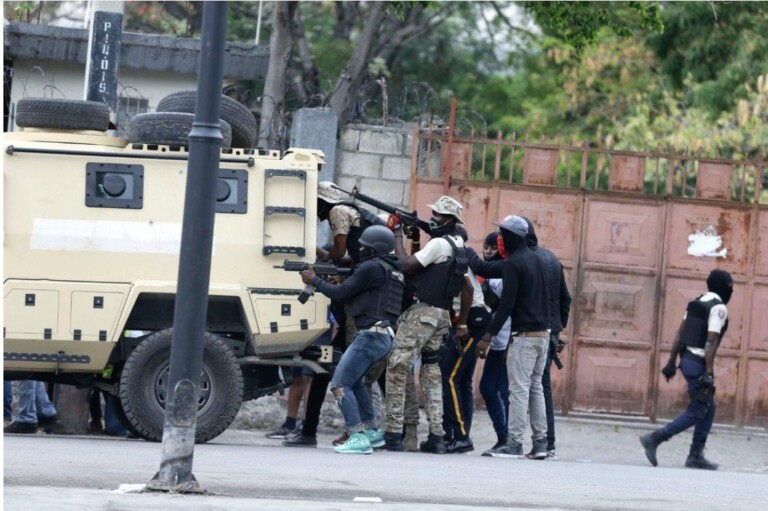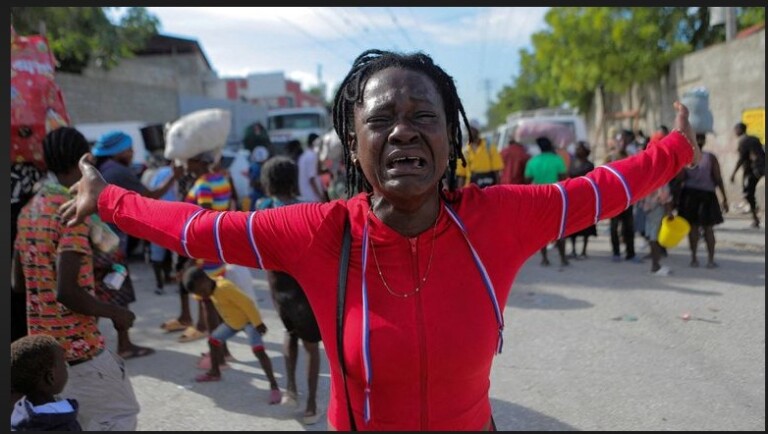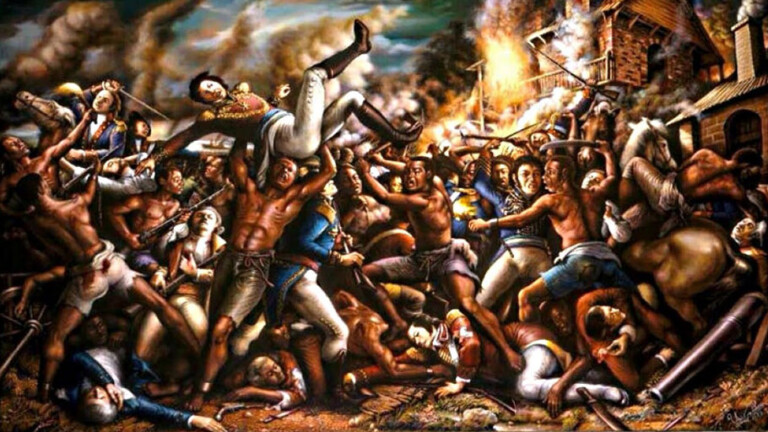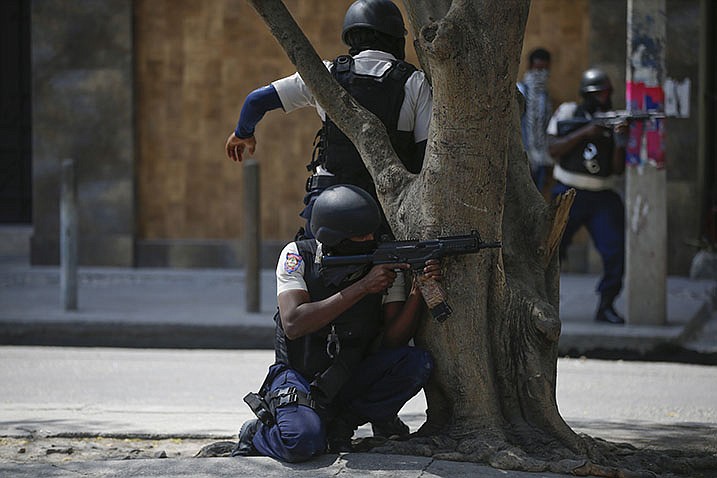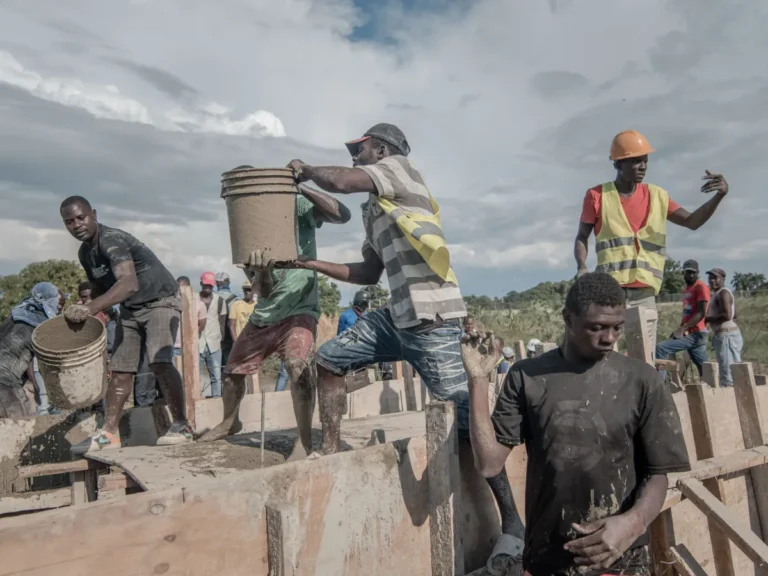From the ashes of slavery, a revolution was born. In 1804, Haiti shattered the unthinkable—it became the...
Haiti News
Alors qu’Haïti sombre davantage dans une crise sécuritaire d’une ampleur historique, les autorités locales sont devenues les...
Haiti, once a vibrant nation rich with culture and resilience, now lies in ruins, its cries for...
Soup Joumou is much more than a dish for Haitians—it is a symbol of liberation, resilience, and...
Grand Opening of Tabernacle of Glory’s New Church: A Beacon of Hope and Pride for North Miami’s...
In the northern reaches of Haiti lies a beacon of hope and unity: the New Canal in...
In a recent article published by The Washington Post, the legacy of Haiti has once again been...
Au cœur des Caraïbes, au milieu de mers azur et de cultures vibrantes, se trouve une nation...
In the heart of the Caribbean, amidst azure seas and vibrant cultures, lies a nation plagued by...
In the face of adversity, the Haitian people have emerged as a beacon of resilience and unity,...


